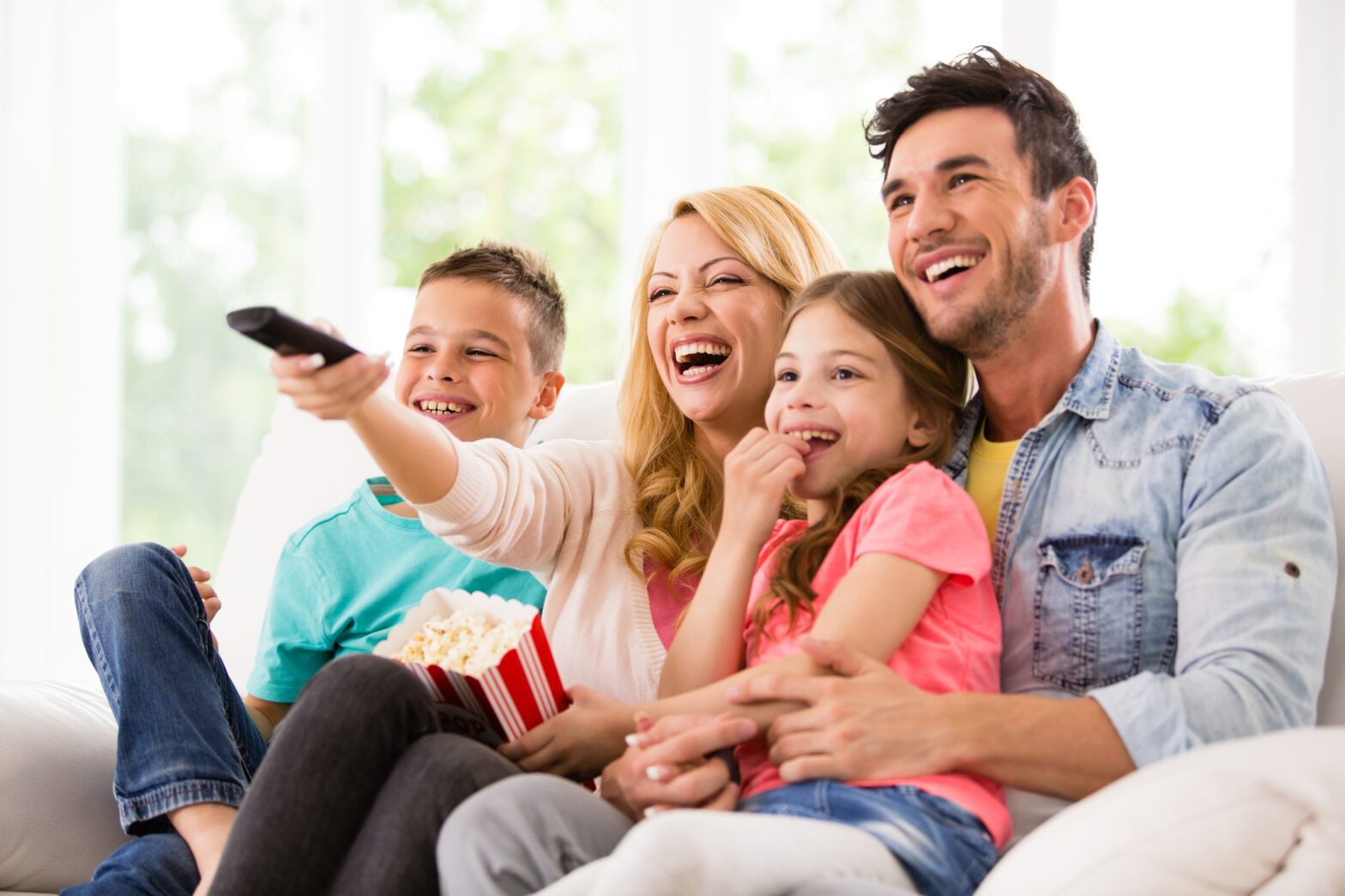In our high-speed digital world, traditional TV has struggled to compete against other media channels to capture and retain the attention of consumers. However, when it comes to storytelling — one of the fundamental principles of brand-building — TV is still number one.
Don’t just take my word for it. Research by one of the godfathers of marketing effectiveness, Peter Field, clearly demonstrates TV’s positive impact on brands. The small screen was used in 83% of IPA effectiveness cases in 2022 and, according to Field, it remains the “dominant driving force for long-term, top-of-funnel demand growth”.
Why is that? Field puts it down to TV having above-average power in three key areas: attention, trust and emotional clout. Coincidentally, these are also the foundations of a good story.
TV is one of the few media platforms that sustains the active attention of its audience long enough for brands to tell a complete story from beginning to end. The power of that is evident in Field’s research; investment in high-attention platforms creates a 65% uplift in effectiveness.
But it’s TV’s emotional clout that really underpins its storytelling power. IPA data shows that creating emotional associations with a brand is the fastest route to effective advertising, creating a 3.5x multiplier in terms of market share growth. With the attention they can sustain, TV ads have the time and space to create that emotional impact, whether it’s a tearjerker or an ad that wants to make you laugh.
However, it’s true that TV today is very different from a decade or two ago. So, while the evidence proves TV is still a successful route to engage with consumers, our approach does need to evolve alongside it.
‘Good’ TV advertising in 2024
To get the most out of our campaigns today, we need to stop thinking about TV as the little box in the corner of our living rooms. TV now includes VOD, online streaming services and YouTube. It is consumed via multiple devices, each of which has its opportunities to deepen the stories we tell.
In this way, you can say we’re actually in a new golden age of TV advertising — but only if we can adapt to the latest platforms and opportunities available.
Viewing habits have also changed. We used to watch TV exclusively in one room alongside our nearest and dearest; every night, two to eight people huddled around their little black box. But now we watch TV alongside vast online communities. Across social media and messaging platforms, thousands of people are talking with each other in real time about both the programming they are watching and the ads in-between, as if they were all sitting in one living room together.
This creates an opportunity for brands to amplify their stories on an even larger scale. Get it right and you can be part of the big conversation online.
Maximising the power of storytelling
That said, it’s important not to discount the unique potential linear TV still holds, particularly when it comes to making long-lasting memories.
When you are watching TV in the physical presence of another person, you are sharing in that experience and forming bonds over it. Experiences like this are encoded deeper into our memories and are subsequently easier to recall.
For this reason, great ads on linear TV will be remembered for a long time. I still remember one from when I was just five years old. I was watching the telly with my nan when an ad for Heineken caused her to burst into laughter and almost fall off her chair. For the rest of that year, I made her laugh by repeating the ad’s punchline: “The water in Majorca don’t taste like what it oughta.”
That ad wasn’t complex; it didn’t try to win a Pulitzer with a lengthy narrative. But that didn’t lessen the impact of its story — in fact, it made it better. The optimum length of a TV spot has always been debated — should it be 30 seconds, or 60, 90 or 120? In my opinion, TV ads should always be as short as possible. That is, they should be as long as they need to be to tell the story in the most efficient and compelling way — not a moment longer. Macpac did this perfectly with its funny ad showcasing the durability of its jackets in 45 seconds.
Some ads, like those at the Super Bowl for example, feel self-indulgent and, frankly, a bit boring. Effective storytelling is about landing a beginning, middle and end in the punchiest way possible so it resonates long after the ad has ended.
Even today, TV remains unrivalled in its ability to captivate audiences, evoke emotions and drive long-term brand growth. Field’s research shows that TV’s impact on profit is the highest it has been in over a decade — some 32% of TV users reported very large profit effects in 2022.
But things have changed and new opportunities have opened up. What makes a remarkable ad today isn’t the same as it was in the past and we need to embrace that to make the most of this powerful storytelling channel.
Source: media-leader.com


